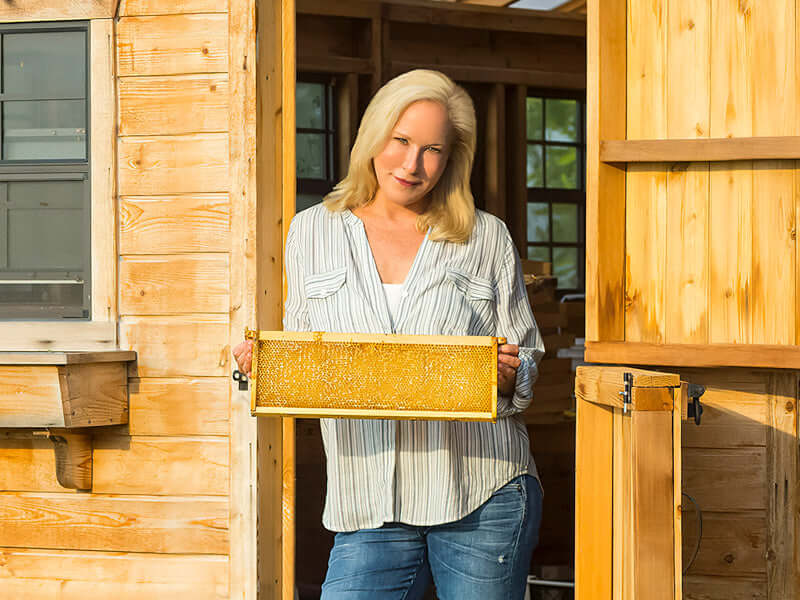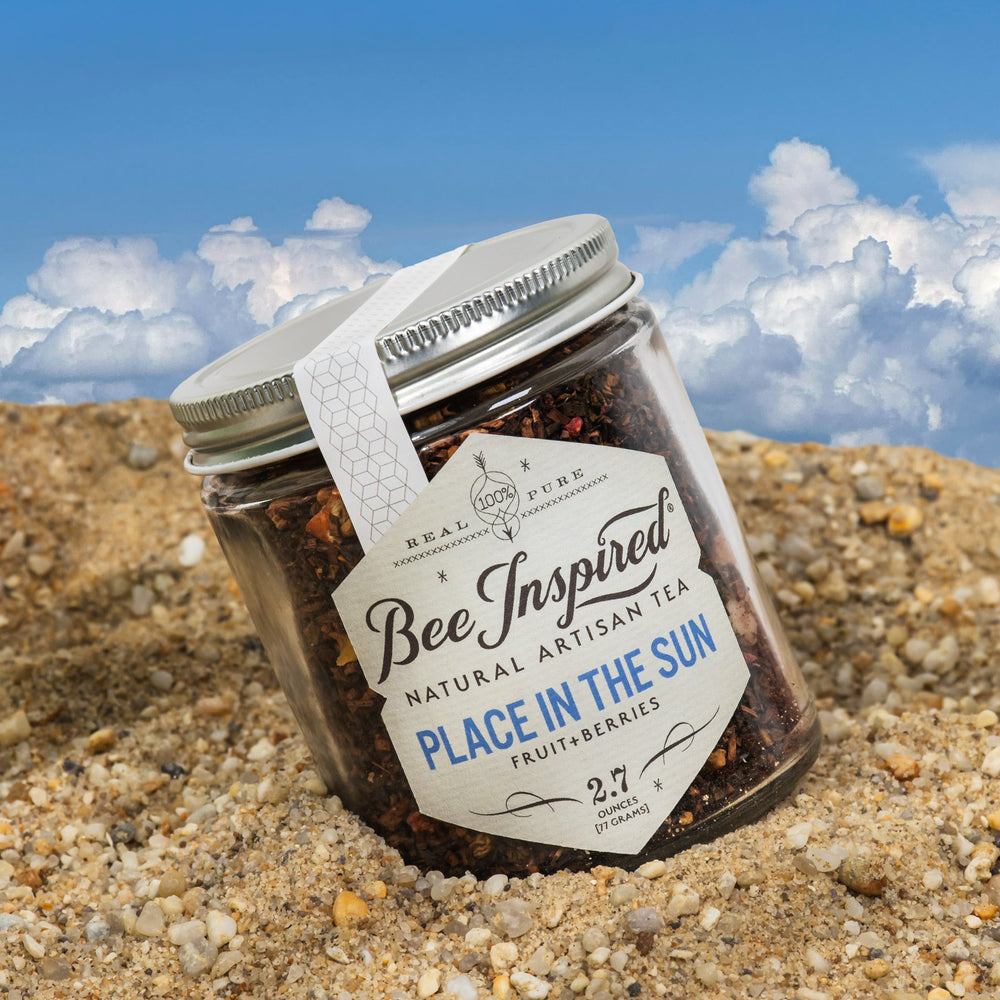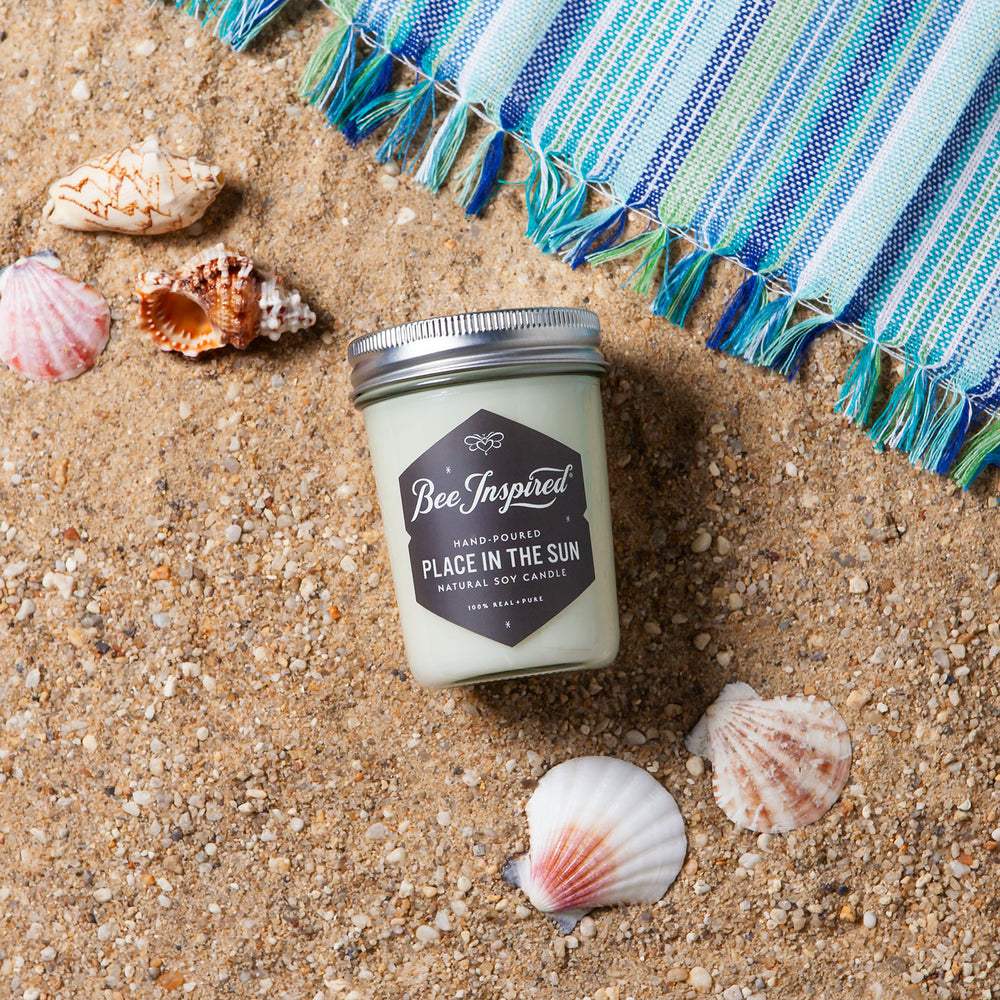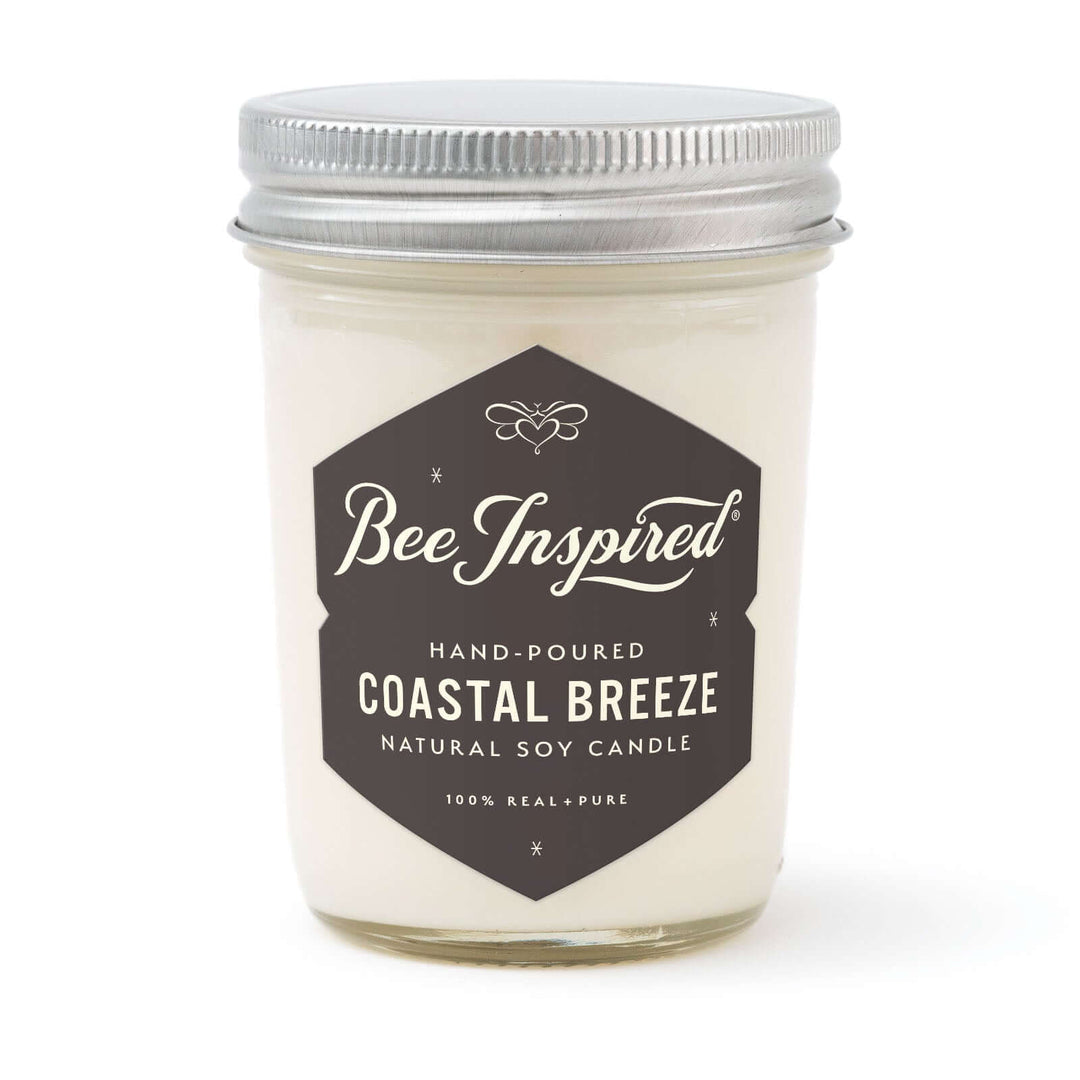Halloween wouldn’t be complete without the iconic Jack-O-Lanterns that light up our front porches. But did you know that the history of pumpkin carving dates back to a deal with the devil? Join us as we explore the origins of this traditional Halloween craft and how it has evolved over time into a beloved tradition to celebrate Halloween.

The Devil's Deal that Started It All: A Look at the History of Pumpkin Carving
The history of pumpkin carving, or carving Jack-O-Lanterns around Halloween, is rooted in an Irish legend dating back to the 18th century in Ireland. Its roots are rooted in a myth about Stingy Jack, a blacksmith by trade. According to the myth, Jack carved a sign of the cross into a tree's bark to prevent the Devil from coming down until the Devil promised not to bother him for ten more years. Eventually, Jack died and was not allowed into heaven, nor was his soul claimed by the Devil, thus leading to him roaming the Earth with only a burning coal to light his way. As a result of this trickery, Jack was doomed to wander the earth forever as an undead spirit. He was given burning coal in a hollowed-out turnip to guide his way through eternity. This myth likely inspired Irish folks to carve their lanterns out of potatoes and turnips during All Souls’ Day celebrations that would take place around October 31st.
These carved vegetables were known as ‘funkins' or ‘Jack O'lanterns and were used to scare away evil spirits.
In the 18th century, Ireland was a country steeped in myths and legends. One of the most famous of these legends is the tale of a man named Stingy Jack. According to the myth, Jack was a blacksmith who made a deal with the devil. Jack’s trickery prevented the devil from taking his soul upon death, but also doomed him to an eternity of wandering the earth as an undead spirit. The devil, feeling betrayed, gave Jack only a burning coal inside a carved-out turnip to light his way.

The story of Stingy Jack likely inspired the Irish to create their own lanterns out of turnips and potatoes during All Souls' Day celebrations.
These lanterns were believed to ward off evil spirits and guide the souls of the deceased back to their loved ones. The harvest season marked the transition between fall and winter and was celebrated with pumpkin carving. However, it wasn’t until Irish immigrants arrived in America in the 1800s that the pumpkin became the carving vegetable of choice. American pumpkins were larger and easier to carve than Irish turnips, and the tradition quickly took off.
Pumpkin carving in America became more intricate over time, with designs ranging from simple faces to elaborate scenes. Templates for carving became popular in the 20th century, making it easier for everyone to create their own unique Jack-O-Lanterns. In recent years, pumpkin carving has taken on a whole new level of artistry, with competitions and displays featuring intricate designs that sometimes take weeks to complete.
But pumpkin carving isn't just for decoration.
In fact, pumpkin carving competitions have become an increasingly popular fundraising event for charities. One such event, the Great Pumpkin Carnival in New Zealand, has been raising money for local hospitals for over 20 years. The carnival features not only pumpkin carving competitions but also a pumpkin boat race, a pumpkin weigh-off, and a pumpkin seed spitting contest.

Why Do We Carve Pumpkins on Halloween?
Irish families followed the autumnal legend of Stingy Jack, who was condemned to roam the Earth with only a burning coal to light his way, creating the term 'jack of the lantern'. They carved faces into turnips and lit them with candles to scare away ghosts and ghouls. Pumpkin carving transcends time and continents. As people from the Isles moved to the United States, they took the tradition with them, except that they moved on to carve pumpkins during the fall months. We’re glad they did this, as the carved turnips were a little too scary.
When in history did pumpkin carving become a Halloween activity?
Halloween is an ancient holiday, dating back to the Celts of the British Isles. Initially, in a pagan holiday called Samhain, people lit bonfires. They dressed in animal skins to confuse and scare off the spirits that emerged with the onset of winter and were historically tied to All Saints Day. The night before this holiday was named All Hallows Eve, later dubbed Halloween.

Halloween arrives in America.
As time passed, the holiday progressed and changed into a more secular event that included trick-or-treating and costume parties. The celebration of Halloween was limited in colonial New England because of religious belief systems. However, Halloween was much more common in Maryland and the southern colonies.
In America, pumpkins replaced turnips and potatoes as the preferred vegetable for making these lanterns due to their larger size and easier accessibility. Pumpkins were more commonly grown in American gardens rather than imported from Europe like turnips and potatoes so they quickly became more popular among settlers. As people began carving spooky faces into pumpkins instead of turnips or potatoes, the term “jack o'lantern” officially became associated with the fall tradition that we know today – one of the millions of carved pumpkins illuminating doorsteps each autumn night!

Get pumpkin spice and everything nice with our Autumn Harvest Bundle!
The art form has changed over time.
With new tools being invented, such as electric knives, stencils & templates, pattern books, and even etching tools that help make intricate designs on pumpkins much more accessible than ever before! This makes it possible for anyone from professionals to amateurs to create unique masterpieces using traditional tools like knives and modern technology like lasers or 3D printers. No matter how you carve your pumpkin this Halloween season – consider yourself part of an age-old tradition that continues!
As Halloween approaches, we can take a moment to reflect on the story that started it all - the devil's deal with Stingy Jack. From humble beginnings in Ireland to the pumpkin patches of America, the tradition of pumpkin carving has evolved into a beloved art form and a way to celebrate the spooky season. So why not gather your loved ones, grab a pumpkin, and try your hand at carving the perfect Jack-O-Lantern? You never know what kind of magic might happen.

The history of pumpkin carving is a long and fascinating one. From ancient Irish folklore to modern-day competitions, Jack-O-Lanterns have come a long way. Whether you're carving your pumpkin at home with your family or competing in a local contest, there's no denying the allure of this beloved Halloween tradition. So, grab your carving knife and get ready to create something spooky and fun this Halloween season! If you enjoy pumpkin carving or Halloween partying this year, take a photo of them and share it with us using #beeinspired on Instagram. We love seeing your photos!
Love the taste of pumpkin? Check out some of our pumpkin recipes with honey! Use Autumn Honey to stay in season. We even have vegan recipes for those with dietary restrictions.
- Pumpkin Smoothie
- Honey Pumpkin Roll
- Paleo Pumpkin Muffins
- Bourbon+Honey Pumpkin Pie
- Dairy-Free Pumpkin Soufflé
 Also fun on Halloween is masking! Learn about Halloween skincare.
Also fun on Halloween is masking! Learn about Halloween skincare.












